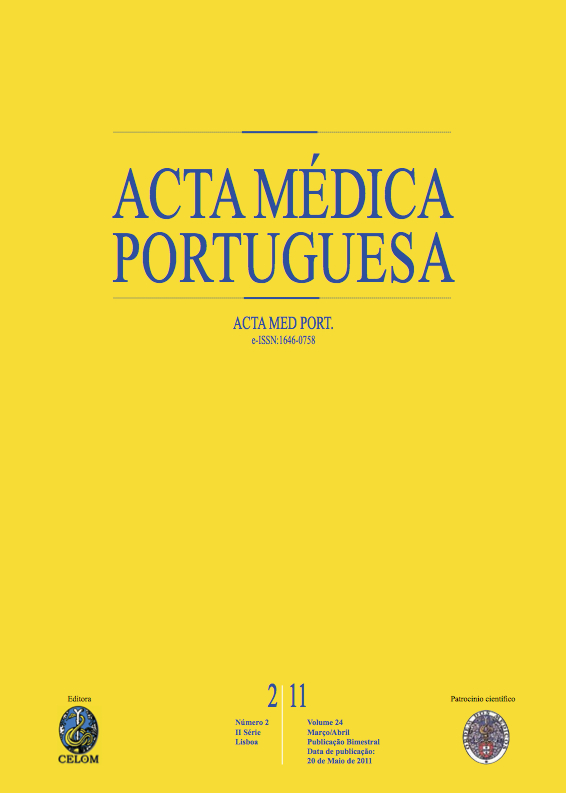Desmame ventilatório difícil: o papel da medicina física e de reabilitação.
DOI:
https://doi.org/10.20344/amp.1618Resumo
Mechanical ventilation is probably the medical intervention which resulted in more lifes saved in the history of Medicine. However, it is associated with several potential deleterious consequences, especially when it's maintained for unnecessarily long periods or, on the other hand, when suspended before full recovery is attained. Shortening the duration of mechanical ventilation and of the weaning process should be a clinical priority, outweighing the risks of extubation failure. Definite criteria and optimal timing for weaning initiation are still controversial, with several proposed clinical intervention protocols usually consisting of daily screening for weaning potential (daily weaning screening). Nowadays, most hospitals in developed countries have placed rehabilitation as an essential therapeutic intervention in critically ill patients. Nonetheless, its precise role varies from unit to unit, taking into account the country, local traditions, experience and technical quality of the professionals The authors present an overview of different respiratory and neuromuscular rehabilitation strategies currently available through the clinical course of invasively ventilated patients and throughout the weaning process.Downloads
Downloads
Como Citar
Edição
Secção
Licença
Todos os artigos publicados na AMP são de acesso aberto e cumprem os requisitos das agências de financiamento ou instituições académicas. Relativamente à utilização por terceiros a AMP rege-se pelos termos da licença Creative Commons ‘Atribuição – Uso Não-Comercial – (CC-BY-NC)’.
É da responsabilidade do autor obter permissão para reproduzir figuras, tabelas, etc., de outras publicações. Após a aceitação de um artigo, os autores serão convidados a preencher uma “Declaração de Responsabilidade Autoral e Partilha de Direitos de Autor “(http://www.actamedicaportuguesa.com/info/AMP-NormasPublicacao.pdf) e a “Declaração de Potenciais Conflitos de Interesse” (http://www.icmje.org/conflicts-of-interest) do ICMJE. Será enviado um e-mail ao autor correspondente, confirmando a receção do manuscrito.
Após a publicação, os autores ficam autorizados a disponibilizar os seus artigos em repositórios das suas instituições de origem, desde que mencionem sempre onde foram publicados e de acordo com a licença Creative Commons









